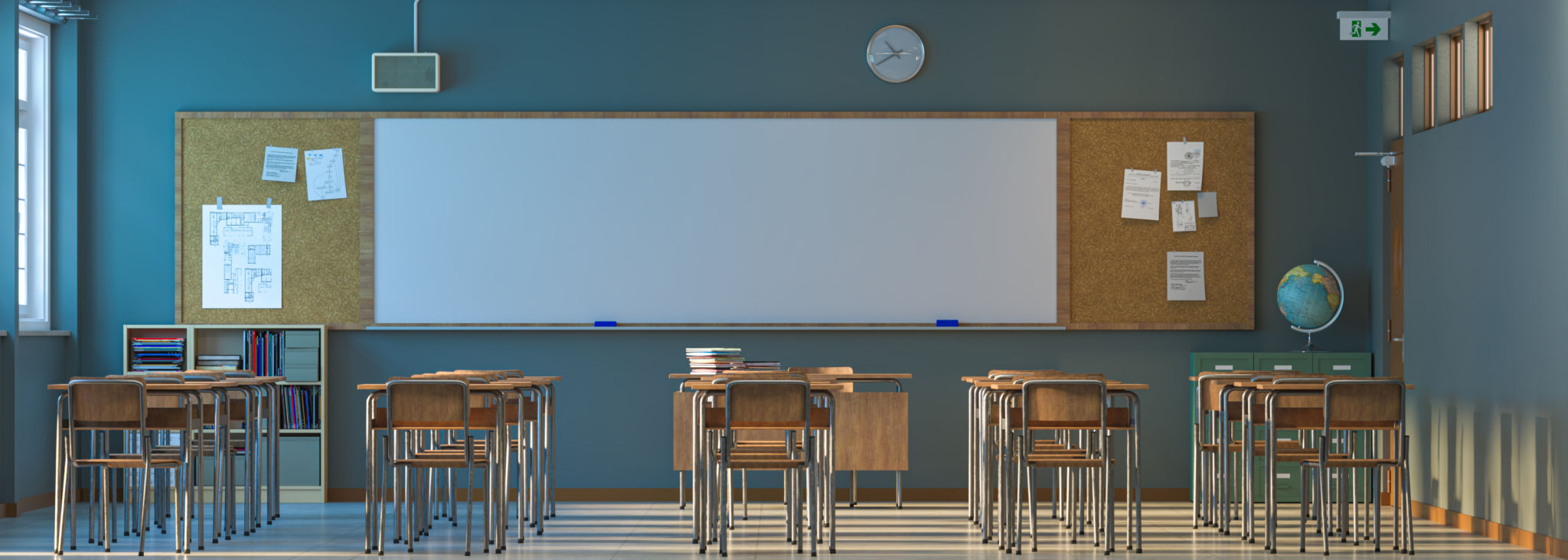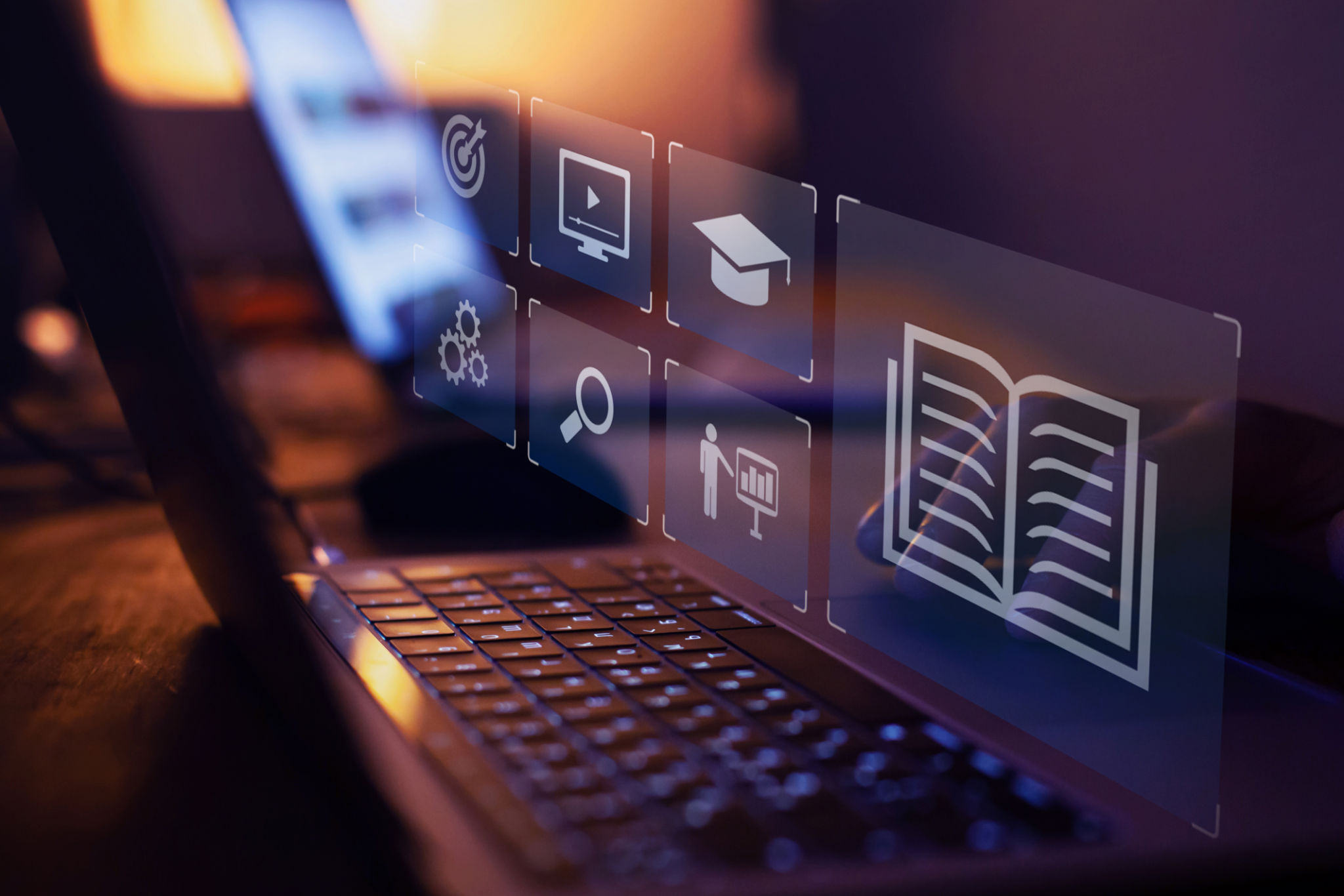Emerging Smart Board Features Revolutionizing Classrooms
Transforming the Learning Experience
In recent years, technology has made significant strides in revolutionizing various fields, and education is no exception. One of the most remarkable innovations in the educational sector is the development of smart boards. These interactive tools are swiftly becoming an integral part of modern classrooms, transforming traditional teaching methods into dynamic, engaging learning experiences. Emerging smart board features are not only enhancing the teaching process but also enriching student participation and understanding.

Interactive Touch and Multi-User Capability
One of the standout features of modern smart boards is their interactive touch capability. Unlike traditional blackboards, smart boards allow multiple users to interact with the content simultaneously. This multi-user functionality fosters collaboration among students, enabling them to work together on projects and assignments right on the board. Teachers can also create engaging group activities that involve everyone in the classroom.
With intuitive touch gestures, students can easily navigate through digital content, annotate documents, and manipulate objects on the screen. This hands-on approach helps in enhancing retention and understanding, as students are actively involved in the learning process.
Seamless Integration with Educational Software
Another significant advancement in smart board technology is its seamless integration with educational software. These boards are compatible with a wide array of applications and platforms, providing teachers with a versatile tool for delivering lessons. They can access vast online resources, incorporate multimedia elements into their teaching, and utilize interactive educational games to make learning fun and effective.

Moreover, many smart boards come with pre-installed educational apps that cater to various subjects and grade levels. This makes it easier for educators to plan lessons that are tailored to the specific needs of their students.
Cloud Connectivity and Remote Learning
The rise of cloud technology has had a profound impact on smart board capabilities. Modern boards offer cloud connectivity, allowing teachers to save and access lesson materials from anywhere. This feature is particularly beneficial in facilitating remote learning, a necessity highlighted during the recent global pandemic.
Students can participate in lessons from home, with real-time access to smart board content. Teachers can conduct virtual classes, sharing their screens and engaging with students despite physical distances. This connectivity ensures that learning remains uninterrupted and accessible to all students.

Enhanced Audio-Visual Features
Smart boards are equipped with enhanced audio-visual features that cater to various learning styles. High-definition displays provide clear visuals that capture students’ attention, while integrated speakers deliver crisp audio for videos and presentations. These features are crucial for creating an immersive learning environment where students can fully engage with the content.
Furthermore, some smart boards come with built-in microphones, enabling teachers to record lessons for later review. This is an invaluable tool for students who may need to revisit certain topics or for those who were absent from class.
Future Prospects: AI and Machine Learning
The future of smart boards looks even brighter with the integration of artificial intelligence (AI) and machine learning technologies. These advancements promise personalized learning experiences that adapt to individual student needs and learning paces. AI-driven analytics can provide teachers with insights into student performance, helping them identify areas where students may need additional support.

As these technologies continue to evolve, smart boards will undoubtedly play an increasingly pivotal role in shaping the future of education. By embracing these emerging features, educators can create more inclusive, effective, and inspiring learning environments for all students.
